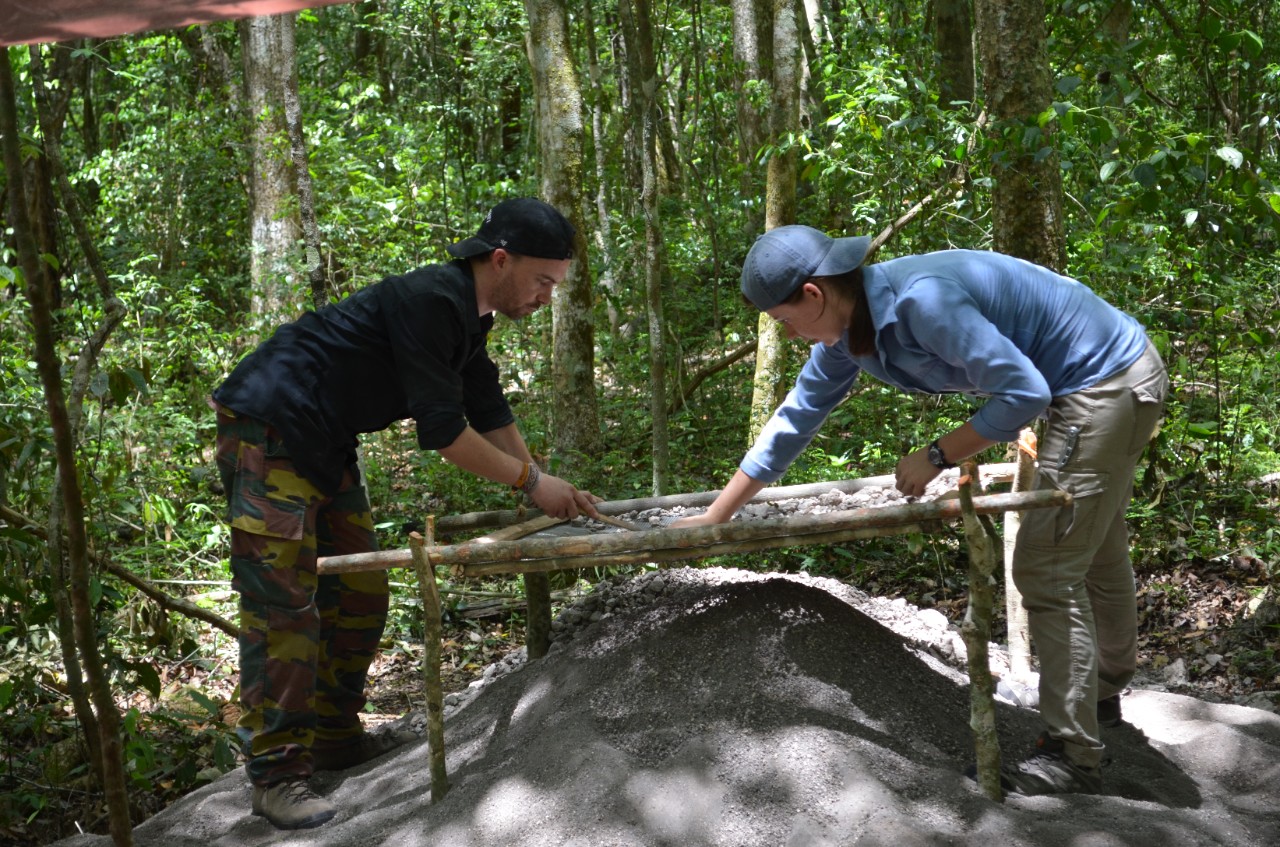
Discover: How ancient Maya practiced sustainable agriculture
Magazine highlights UC's new discoveries about ancient Maya
Discover Magazine highlighted work by the University of Cincinnati that suggests the ancient Maya practiced sustainable forestry and agriculture.
UC researchers used genetic and pollen analyses to provide the most detailed examination to date of the wild and cultivated plants found in the ancient Maya city Yaxnohcah, which was occupied between 1,800 and 3,000 years ago in what is now Mexico’s Yucatan Peninsula.
UC College of Arts and Sciences paleo-ecologist David Lentz told Discover Magazine that the ancient Maya managed their crops and forests in a way that showed consideration for the future.
“Everything the Maya used is still there, and still there in abundance,” Lentz told Discover.
A multidisciplinary team of biologists, anthropologists, geneticists and geographers collected and analyzed 38 soil samples, finding evidence of wild trees and plants growing near the city. The research suggests the ancient Maya left much of the rainforest intact.
The study was published in the journal Frontiers in Ecology and Evolution.

UC professors David Lentz and Nicholas Dunning work at an ancient Maya site at Yaxnohcah. Photo/Provided
Related Stories
World class: Alumni travel program connects Bearcats on global scale
January 7, 2026
Most people have a natural curiosity to see the world. Meanwhile, most Bearcats enjoy being around other Bearcats. Alumni can check both boxes through the UC Alumni Association’s travel program, which offers about half a dozen excursions each year to fascinating places around the globe.
UC launches Bearcat Affordability Grant
January 7, 2026
The University of Cincinnati is making college more attainable for students across Ohio with the creation of the Bearcat Affordability Grant. The new grant will provide a pathway to tuition-free college for students of families who make less than $75,000 per year. Beginning in fall 2026, the Bearcat Affordability Grant will cover the remaining cost of tuition for Ohio residents who are Pell eligible.
How aerospace is turning to trustworthy AI
January 6, 2026
UC College of Engineering and Applied Science graduate Lynn Pickering talks to the Ohio Federal Research Network about her research into artificial intelligence and the future of AI in aerospace engineering.
